Research
Our department’s intellectual strengths include very collegial and high quality faculty, vibrant research on the forefront of science, expanding research facilities, and the integration of both graduate and undergraduate education into our research endeavors.
Chemistry and Biochemistry is traditionally divided into four subdisciplines, biochemistry/biophysical, physical, organic/bioorganic, and inorganic/bioinorganic. A distinctive characteristic of our department is the extensive collaboration among faculty in the different subdisciplines and across departments and divisions, blurring the traditional boundaries and allowing researchers to address a given problem with an arsenal of specialized synthetic, instrumental, and computational strategies. The main strengths of the department lie in the areas of Materials and Biomedical Research, with many faculty being associated with both of these research initiatives.
Explore our faculty’s research expertise by discipline:
Materials Science
The Materials Research Initiative aims to advance specific energy, sensing, and environmental applications. The main focus areas include the design, synthesis, and characterization of novel nano-materials, and novel polymers, and new classes of inorganic materials with unique properties. The goal is fundamental understanding of the properties of these materials and applications in energy conversion, cancer detection, biomedical imaging, the development of new materials to avoid environmental contamination, catalysis, separations, and remediation of environmentally hazardous pollutants.
Browse our faculty experts:
Inorganic/Bioinorganic
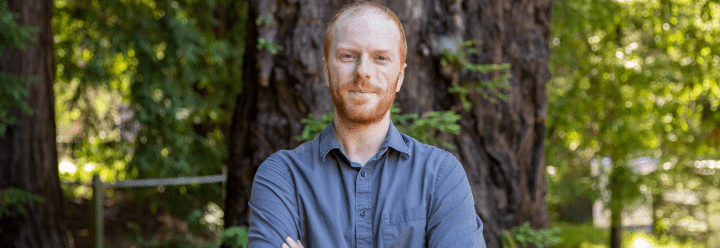
My research exploits the unique reactivity of inorganic compounds, particularly those from the p-block of the periodic table, to combat human illness and disease.
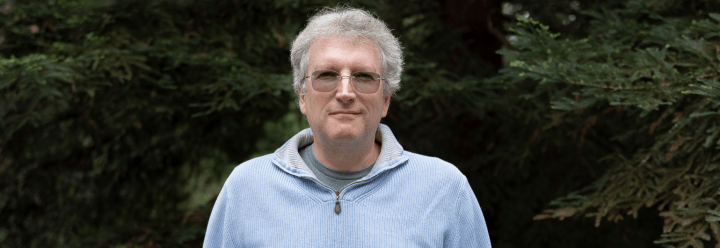
My research group focuses on environmental applications of materials. We are developing new materials for cleaning polluted water, recycling plastic and reducing energy consumption through new catalysts.
Organic
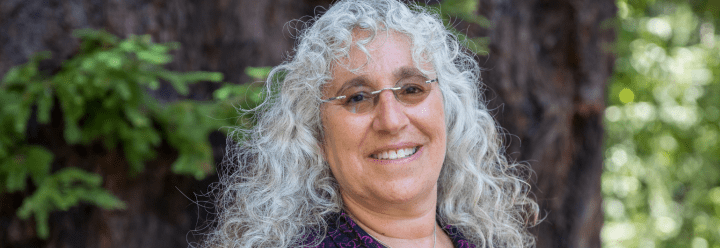
My research team uses synthetic organic chemistry to develop strategies to upcycle post-consumer PVC, to harvest the carbon atoms locked in this plastic waste by converting them into feedstock chemicals, while valorizing end-of-life PVC to prevent it from being landfilled or contaminating the environment.
Physical/Theoretical
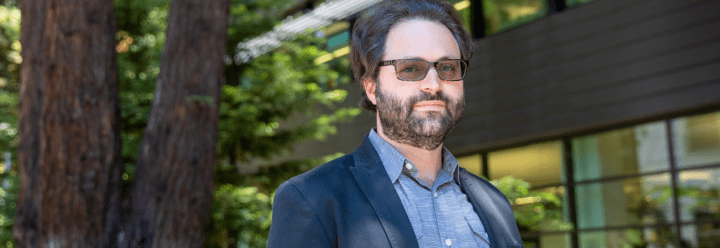
I am a physical chemists interested in understanding the influence of molecular and macromolecular structure of small-molecule and polymeric organic semiconductors on the efficiency and dynamics of light harvesting.
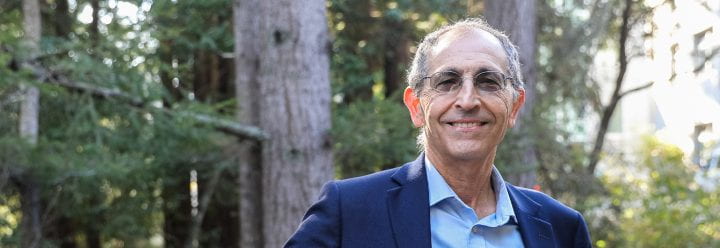
My research is focused on the theoretical study of the microscopic dynamics of chemical reactions in the condensed phase. This includes chemical reactions in bulk solution and at surfaces.

The Calegari group develops machine learning models to simulate the chemistry and vibrational spectroscopy of condensed phase systems. These simulations provide atomic level description of chemical reactions at experimentally relevant conditions with quantum mechanical accuracy and at an affordable computational cost.
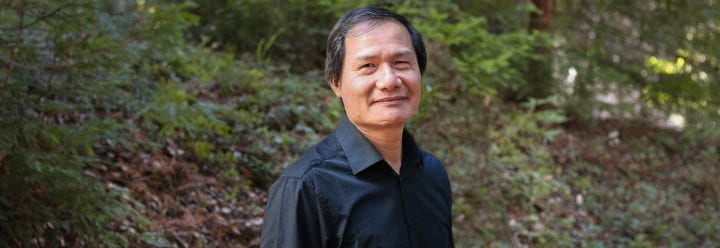
I research functional nanomaterials and develop new electrochemical energy technologies.
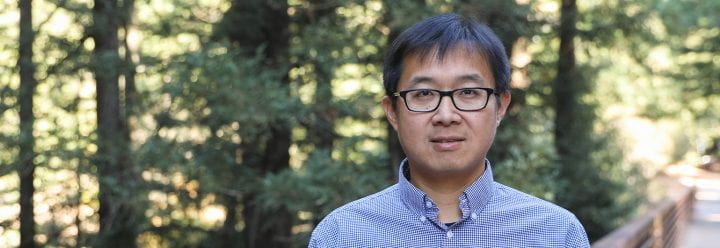
I design and develop novel materials for applications in catalysis, energy conversion, and energy storage.
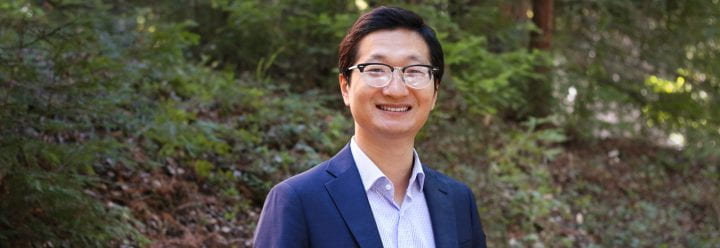
I study electronic structures of materials and how they interact with light using theoretical tools. My research focuses on the development of ab initio quantum chemistry methods for large systems, especially periodic solids, as well as their applications in drug development, renewable energy, and catalysis.
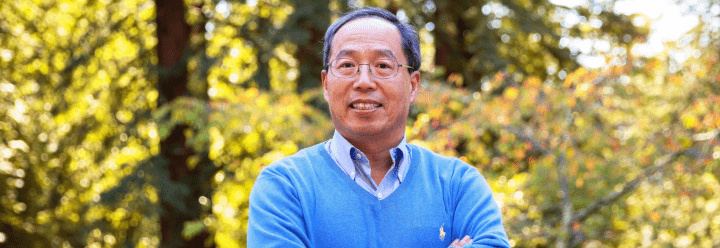
I design, synthesize, and study novel nanostructured materials for energy conversion and biomedical applications using ultrafast laser and other techniques.
Biomedical Science
The Biomedical Research Initiative aims to advance our molecular understanding of human disease, as well as to develop novel diagnostic and therapeutic tools. Research focuses on various human pathologies, including cancer, neurodegenerative, metabolic, and inflammatory diseases. This fundamental research into the molecular basis of human disease is complemented by drug screening and discovery of therapeutic compounds from natural (marine) organisms and through synthesis.
Browse our faculty experts:
Bioanalytical
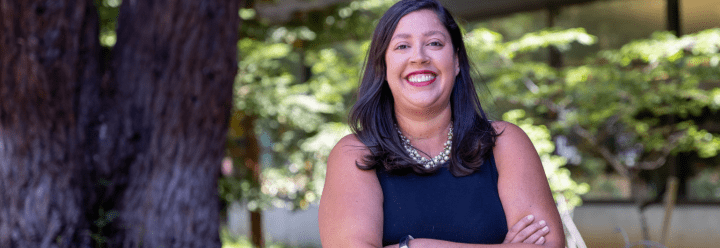
I study mass spectrometry, small molecule communication, natural products, microbial communities, cancer
Biochemistry/Biophysics

My research is focused on the theoretical study of the microscopic dynamics of chemical reactions in the condensed phase. This includes chemical reactions in bulk solution and at surfaces.
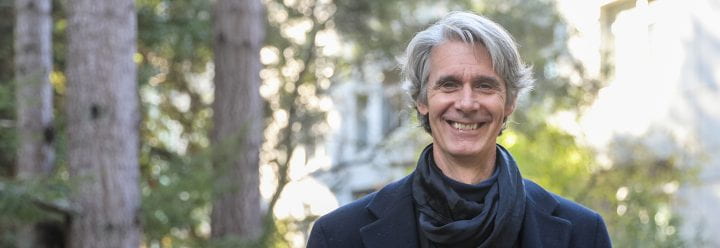
My research team investigates how lipoxygenases are involved in inflammation. Specifically, we interrogate the mechanism, inhibition, and lipidomics of lipoxygenase activity to develop therapeutics for stroke, Alzheimer’s, and heart disease.
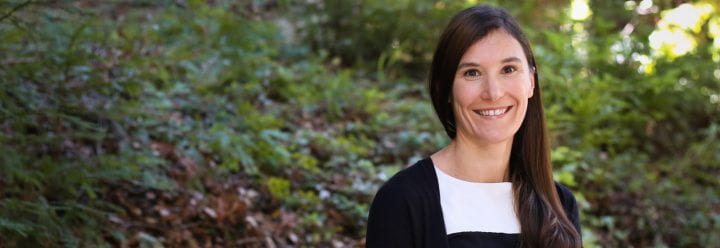
I study the structure and function of RNA-protein complexes, electron cryo-microscopy, biochemistry and biophysics, image processing.
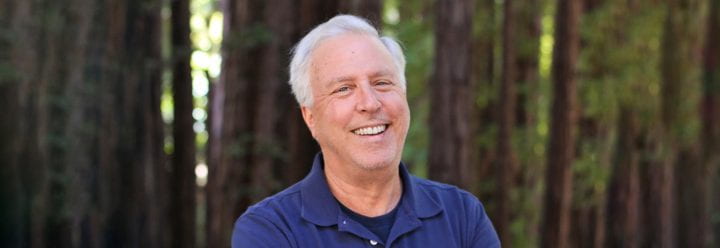
I use biophysical methods to study neurological proteins, their cofactors, and how misregulation contributes to disease.
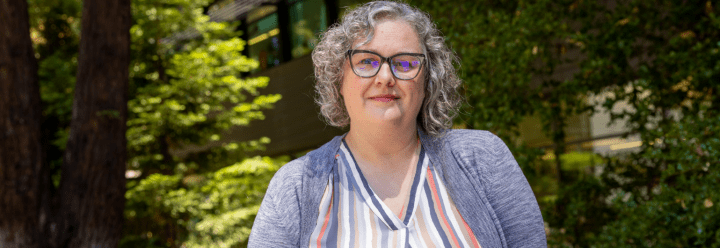
I seek to understand the molecular basis of biological timekeeping by studying circadian rhythms from a diverse array of organisms. We use biochemistry, structural biology, and cell-based approaches to study protein structure, dynamics, and function.
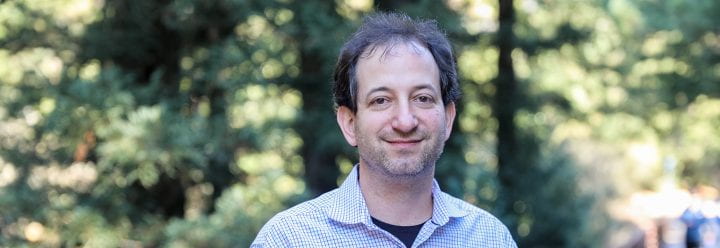
I study biochemical mechanisms underlying control of cancer cell proliferation. My research uses structural biology, biochemistry, and cell biology approaches to understand protein function and regulation.
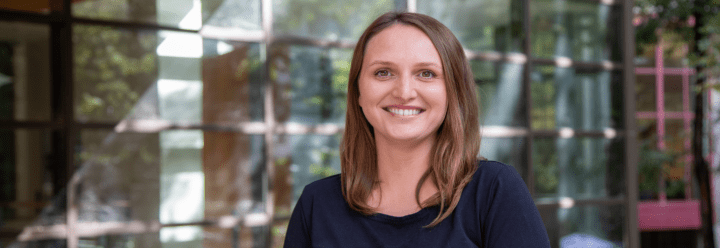
My laboratory uses biochemistry, biophysics, structural biology, proteomics and genomics to characterize nuclear proteins interacting with histones, uncover mechanisms of histone turnover and identify enzymes engaged in histone degradation.
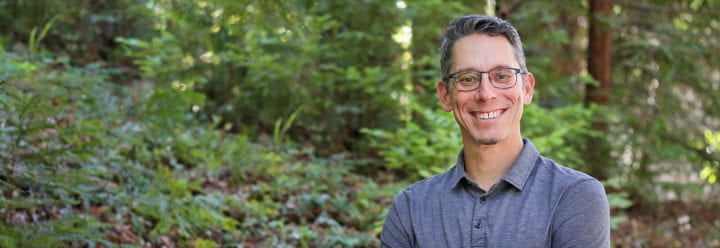
My research focuses on the molecular mechanisms of telomere length control using single molecule fluorescence resonance energy transfer (smFRET) and micro-manipulation techniques, such as magnetic trapping.
Inorganic/Bioinorganic

My research exploits the unique reactivity of inorganic compounds, particularly those from the p-block of the periodic table, to combat human illness and disease.
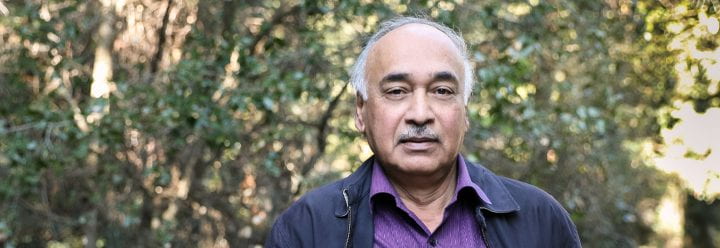
My bioinorganic research group is interested in the roles of metal-containing active sites of metalloenzymes and in design and applications of metallodrugs in tackling infection, inflammation, and malignancies.
Organic
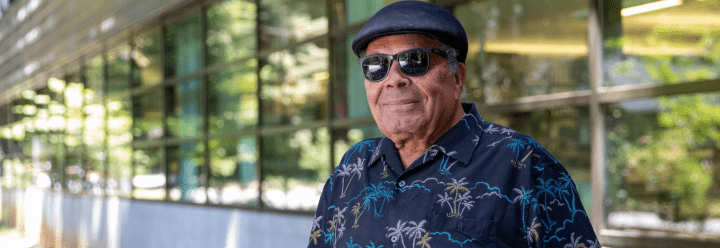
My research is on novel biologically active molecules from marine invertebrates and marine derived microorganisms. We discover chemotypes that are the basis for the design of new medicines to treat human diseases.
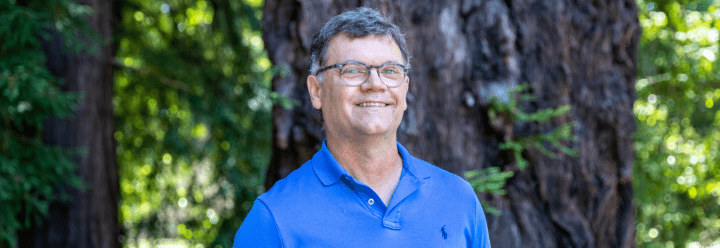
Many drug candidates are limited by their inability to cross biological membranes. My research uses natural products as guides in the design of complex, membrane-permeable molecules as next-generation therapeutic agents.
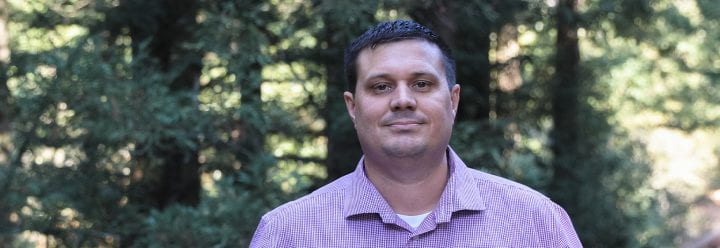
I research and discover natural products from bacteria with promising biological activity. I utilize the microbial and chemical diversity of marine habitats and information-rich screening to integrate chemistry and biology.
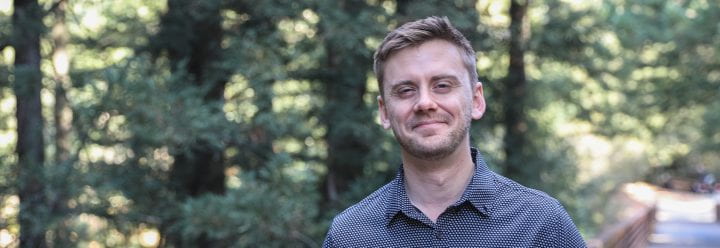
My research uses a combination of synthetic organic chemistry, enzyme biochemistry, and microbial genetics to understand how bacteria, plants, and other organisms make biologically active and potentially therapeutic molecules.

My research bridges organic synthesis, continuous directed evolution, and chemical and molecular biology to discover proteins that bind and transform small organic molecules.
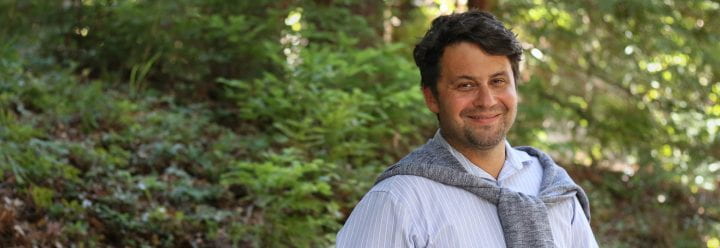
I study chemical neuroscience using mirror-image peptides and other D-amino acid substitution strategies to create novel structure-function relationships to understand Amyloid Beta toxicity in Alzheimer's Disease.
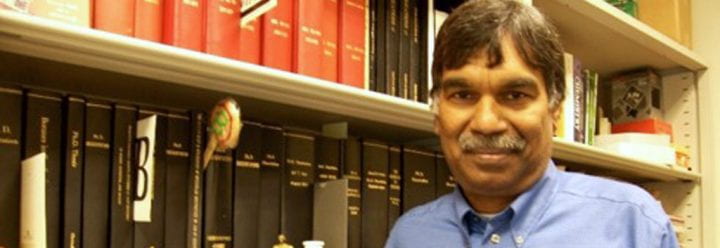
My work focuses on the chemistry of metals and metal hydrides. I’m specifically interested in developing green chemistry for carbon-carbon bond forming reactions and the reduction of functional groups.
Physical
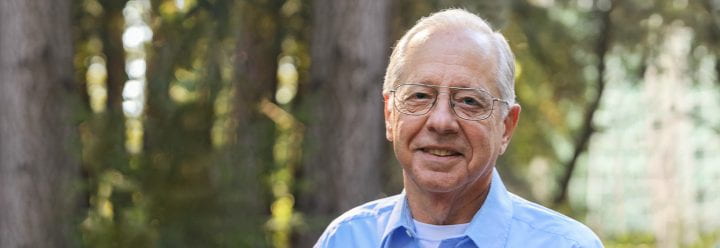
My research involves time-resolved spectroscopy and polarization spectroscopies to study mechanisms of protein folding and function, and applying them to a wide range of photochemical, photophysical, and photobiological problems.





























